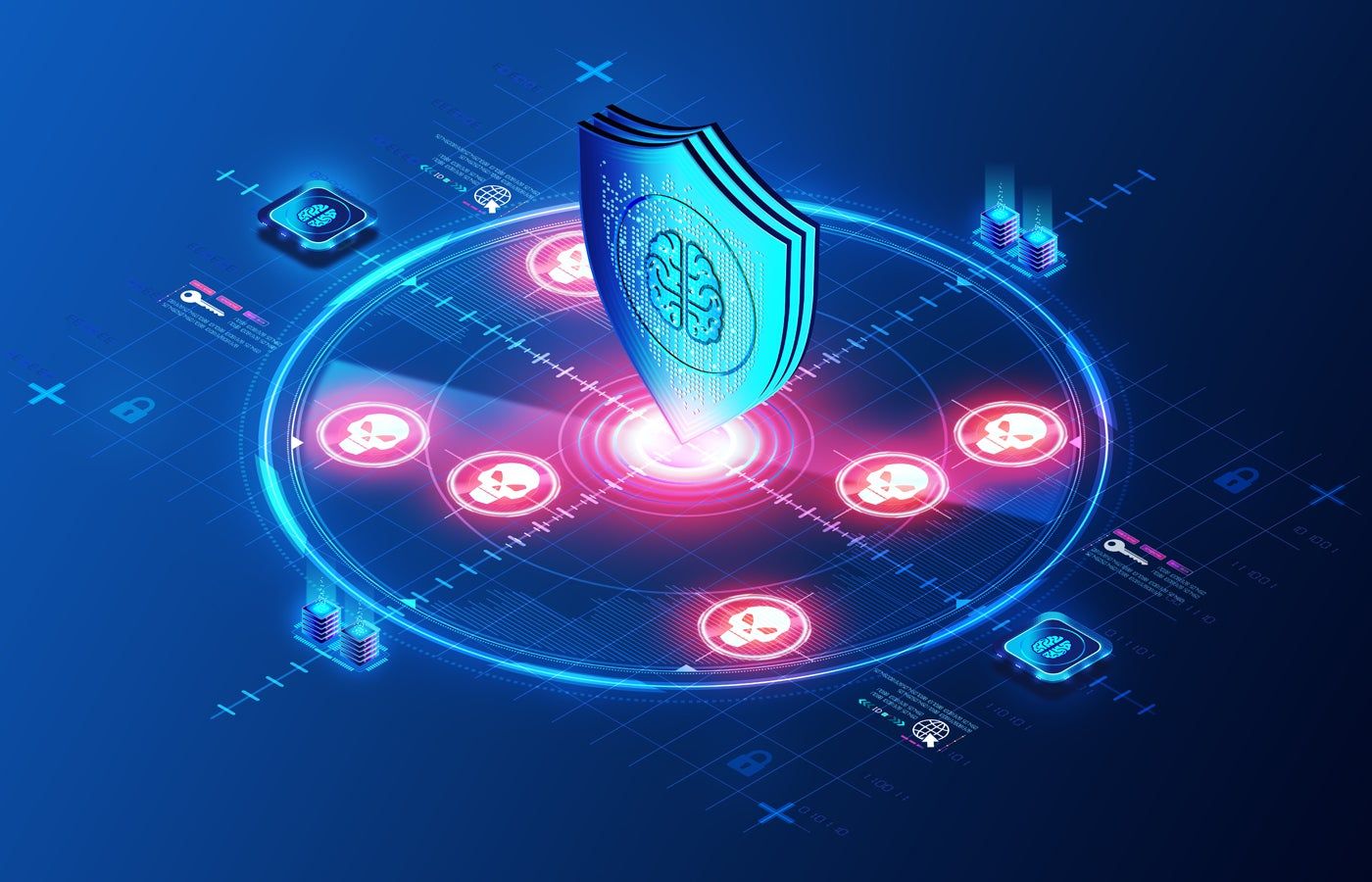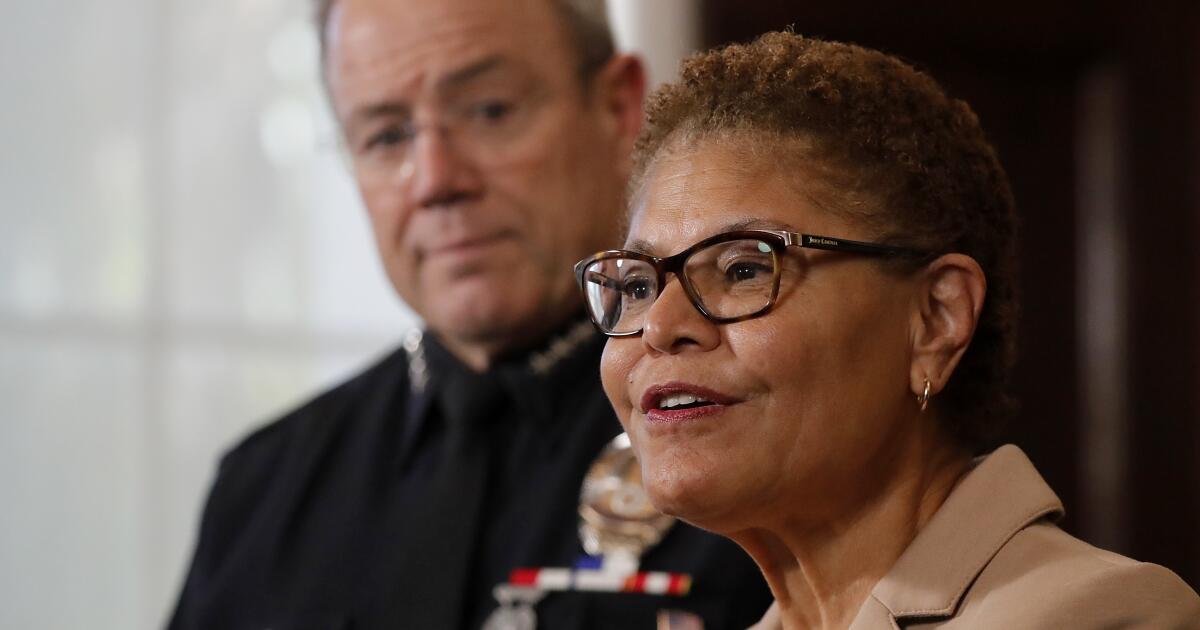A new forecast from Gartner suggests that IT spending in Australia will increase by 8.7% to A$147 billion by 2025. This increase in spending is projected to be driven by a “perfect storm” of interest in AI, ongoing requirements around cybersecurity and the need to upgrade hardware as Windows 10 is phased out, Gartner representatives say.
Strategic investments in cybersecurity and artificial intelligence
In an interview with TechRepublic, Gartner distinguished analyst Andy Rowsell-Jones said that while AI investments are often seen as incremental efforts toward innovation, many companies are actually investing for different reasons, including as a defensive measure against cybersecurity threats.
“When you talk to IT leaders, there's definitely a sense that they're genuinely concerned that GenAI is going to disrupt the economics of the industry,” he said.
Gartner’s report indicated that CIOs and other IT leaders are prioritising the management of cybersecurity and other technology risks, with 82% of technology executives viewing it as a key objective. The Australian government’s aim to become a leader in cybersecurity may contribute to these results.
Additionally, as breaches become more frequent, many organizations are eager to avoid the rising costs and reputational damage that come with cyberattacks.
“Cybersecurity looks set to remain at the top of the investment list as this year’s highly publicized data breaches keep executives concerned about the potential consequences,” he said in a statement.
Rowsell-Jones noted that companies are engaged in an “arms race” to stay ahead of the curve and their competitors, with investments focused less on discovering new AI innovations and more on adopting proven use cases that have already demonstrated value to the industry.
SEE: Why your company needs cybersecurity awareness training (TechRepublic Premium)
Hardware rebound: Spending on devices and infrastructure
Another factor that will drive IT spending in 2025 is the need to upgrade hardware, particularly given the launch of Windows 11. Many devices running Windows 10 will not be eligible for an upgrade to Windows 11, as Microsoft’s latest operating system requires specific hardware to support its built-in AI features.
Windows 10 is set to end in 2025. Businesses that haven’t refreshed their device fleet will face significant operational and cybersecurity challenges. It’s not necessarily an investment that tech executives want to make, but with the end-of-service date fast approaching, many companies should start auditing their environments and developing a new strategy.
The IT skills gap is widening
As companies increase their IT spending, a lack of specialized staff across the country makes it difficult to realize the full scope of the CIO’s vision. As a result, companies may increase spending on third-party services to access the skills needed to implement solutions, which can result in relatively limited customization.
“Most organizations will be dependent on their vendors… and this will mean they will use the products and tools that their vendors use,” Rowsell-Jones said.
Steady growth across all sectors
The trends driving IT spending are consistent across Australia and apply to organisations of all sizes. Rowsell-Jones noted that while some sectors, such as banking, traditionally spend more on IT, industries such as construction and retail also maintain strong spending levels compared to previous years.
“Cement companies may not have traditionally high IT spending, but it is increasing because AI and cybersecurity are affecting them as well,” he explained. “Meanwhile, banks and law firms have not suddenly started doubling their budgets.”
A year of positive momentum
While the overall economic environment remains tense, Gartner’s IT spending forecasts suggest that organizations will not have a negative mindset in 2025.
However, this may be a challenging year for CIOs and other IT decision-makers. ADAPT research suggests that only a small percentage of IT budgets are spent on innovation, meaning that even though budgets are increasing, CIOs are focused on responding to the immediate needs of the organisation.
“CIOs will have no choice but to spend big next year,” Rowsell-Jones said.
With spending expected to grow by almost 9%, Australian businesses look set for a transformative year. Investments made in 2025 will ensure organisations are well equipped to compete in an increasingly digital world.












